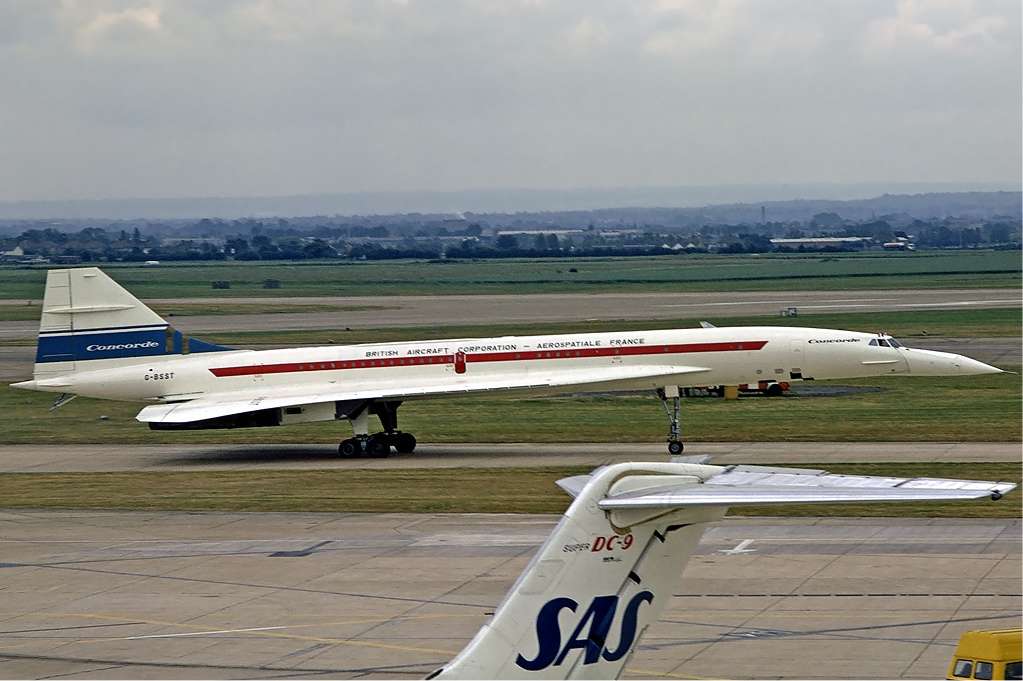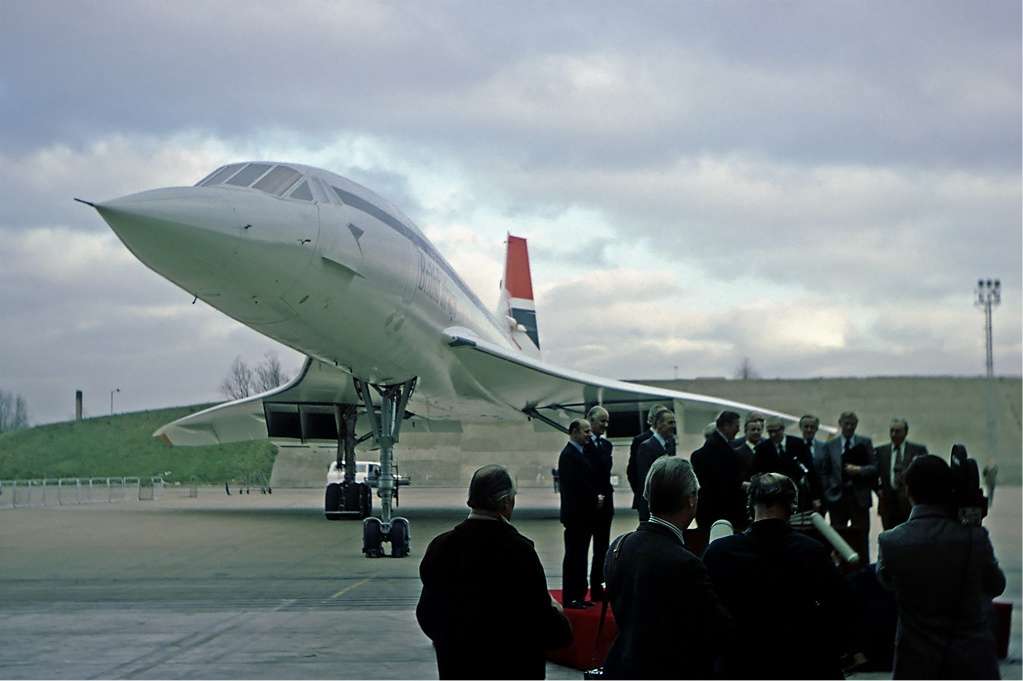This year is 20 years since the last flight of Concorde. Let’s take a look back at the aircraft’s history over a 5-part series, detailing the aircraft’s program.
In this article, we will take a look at the production of Concorde, and why it was produced in the first place.
Without further ado, let’s get into it…
How Did The Concorde Program Begin?

Studies for such supersonic equipment began in 1954, when Arnold Hall of the Royal Aircraft Establishment was told to form a committee to study the concept of supersonic transportation.
By April 1955, the report was ready, and mainly reported on drag at supersonic speeds being strongly related to the span of the wing, which led to the creation and use of short-span, thin trapezoidal wings seen on missiles, as well as most notably the Lockheed F-104 Starfighter & the planned Avro 730 strategic bomber.
By 1956, another committee was created, called the Supersonic Transport Aircraft Committee, which was utilised to developing a practical SST design as well as finding prospective partners to help build the aircraft.
In November 1956, the decision was made to fund the development of a test aircraft, which became the Handley Page HP.115, which looked at safe control at low speeds using the slender delta wing.
Throughout the development of this program, elements such as the Ogee planform was selected, as well as deals signed with the likes of Sud Aviation, were established to bring this aircraft project to life.
Following the receival of all the study material for this concept as well as the conclusion of all tests & deals, the UK & France signed a treaty in November 1962 to begin the process of developing Concorde.
Construction of six prototypes began in February 1965, and from there, that was when the sales aspect began for the program.
By March 1969, the flight test campaign got underway, with the introduction into commercial service happening by January 1976.
The Aircraft Got A Lot of Orders to Begin With…

[monsterinsights_popular_posts_inline]
During their sales campaign, they did get a strong amount of orders between 1963-1972, but a lot of them were cancelled. As follows, here was the situation for each customer at the time:
- Pan Am:
- Order for six Concordes made in June 1963, and placed an order for two options in 1964.
- Order was cancelled in January 1973.
- Air France:
- Initial order for six Concordes made in June 1963, and placed an order for two options in 1964.
- BOAC:
- Initial order for six Concordes made in June 1963, and placed an order for two options in 1964.
- Continental Airlines:
- Placed an order for three Concordes in July 1963.
- Order was cancelled in March 1973.
- American Airlines:
- Placed an order for four Concordes in October 1963, as well as placing an order for two more options in 1965.
- Order was cancelled in February 1973.
- TWA:
- Four aircraft ordered in October 1963, with options for an additional two by 1965.
- Order was cancelled in January 1973.
- Middle East Airlines:
- Two aircraft ordered in October 1963, with options for an additional two by 1965.
- Order was cancelled in January 1973.
- Qantas:
- Six aircraft were ordered in March 1964.
- Orders for two aircraft cancelled by May 1966, and the rest cancelled by February 1973.
- Air India:
- Two aircraft ordered in July 1964.
- Order cancelled by February 1975.
- Japan Airlines:
- Three aircraft ordered in September 1965.
- Order cancelled by 1973.
- Sabena:
- Order for two aircraft made in December 1965.
- Whole order was cancelled by February 1973.
- Eastern Airlines:
- Two aircraft ordered in June 1966, with two options purchased in August 1966, and two more ordered in April 1967.
- Entire order cancelled by February 1973.
- United Airlines:
- Six aircraft ordered in June 1966.
- Entire order scrapped by October 1972.
- Braniff:
- Three aircraft ordered in September 1966.
- Entire order scrapped by February 1973.
- Lufthansa:
- Three aircraft ordered in February 1967.
- Entire order scrapped by April 1973.
- Air Canada:
- Ordered four aircraft in March 1967.
- Entire order cancelled by April 1973.
- CAAC:
- Ordered two aircraft in July 1972.
- Entire order scrapped by December 1979.
- Iran Air:
- Ordered two aircraft in October 1972.
- Entire order scrapped by February 1980.
What we can see is that Concorde did have a lot of customers, with this amounting to 66 firm and 14 options in total.
However, it only amounted that Air France & British Airways would be the only operators of the aircraft type.
World events such as the 1973-74 stock market crash, as well as the 1973 oil crisis did provide significant sales uncertainty for Concorde, as it would have resulted in increased costs by operating the aircraft.
Overall

The creation of Concorde is definitely a very interesting thing to look back at.
From something that took over 10 years to bring to it’s first flight, with an additional few years after that for commercial service, the concept of supersonic travel at that time was a significant marvel.
Whilst a plethora of customers ended up cancelling their orders for the aircraft due to external events happening in 1973, British Airways & Air France choosing to weather the storm and keep their order for the type enabled an important time in air travel.
As we will come to explore in the next article, it’s entry into service & service life represented significant advancements in the way the business world works and much more.

Click the banner to subscribe to our weekly newsleter.









